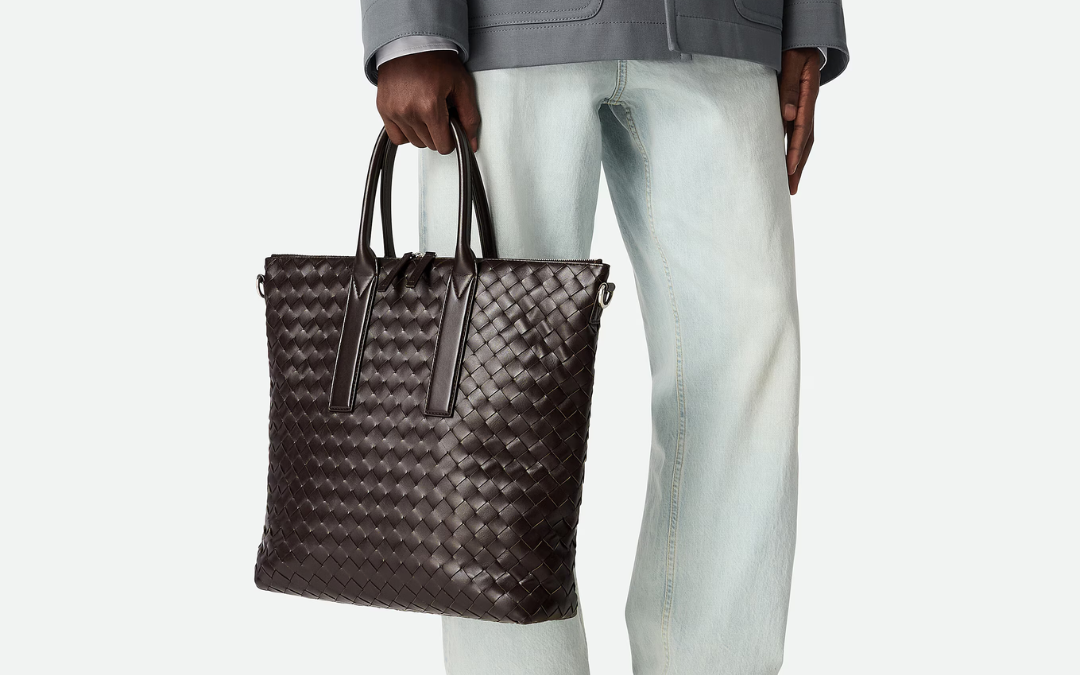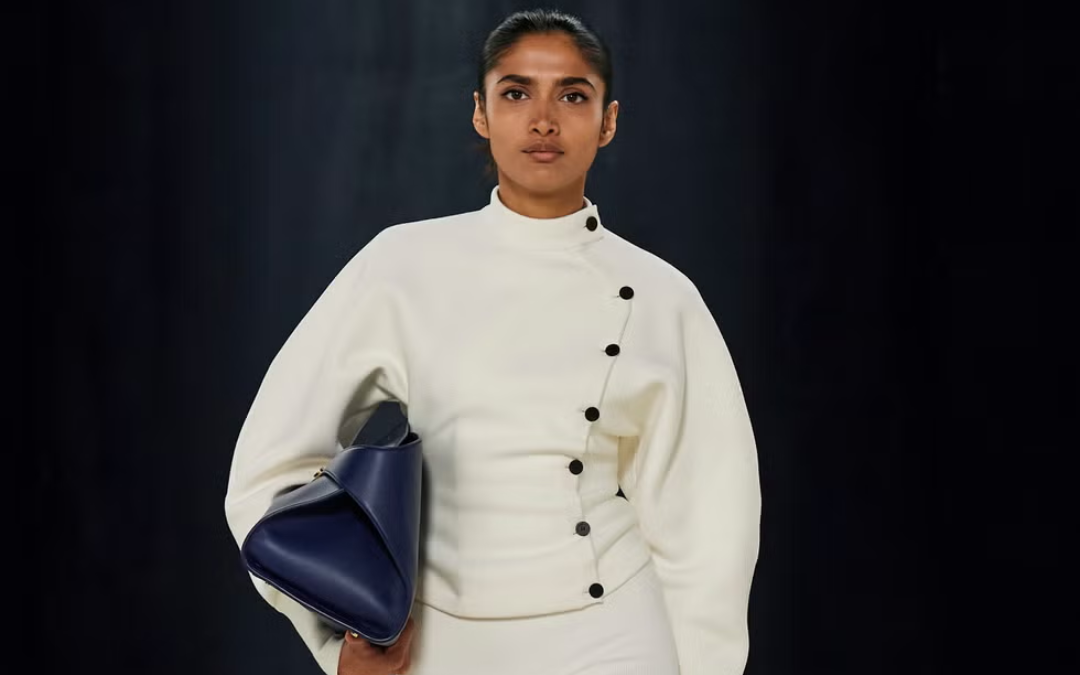
by Thea Elle | Mar 25, 2025 | Luxury Accessories, Style Guide
Style Companion Covert Luxury: The New Era of Men’s Bags by Thea Elle | Mar., 25, 2024 | Luxury Accessories The modern luxury bag market isn’t just for women anymore. Men’s designer bags have evolved beyond mere practicality—they’ve become statements of refined taste,...

by Thea Elle | Mar 19, 2025 | Luxury Accessories
Style Companion Ferragamo’s Soft-Bag Is the 2025 Arm Candy You Didn’t Know You Needed—Until Now by Thea Elle | Mar., 20, 2025 | Luxury Accessories New year, new handbag obsession—because, of course. While CHANEL, LOUIS VUITTON, and HERMÈS are forever in rotation,...

by Thea Elle | Mar 11, 2025 | Luxury Accessories
Style Companion Luxury Handbags: Worshipping at the Altar of Leather and Branding by Thea Elle | Mar., 12, 2025 | Luxury Accessories Ah, the luxury handbag. More than just a stitched-up pile of leather (or coated canvas, if we’re being honest), these bags have...

by Thea Elle | Feb 27, 2025 | Luxury Accessories
Style Companion HERMÈS HANDBAGS: THE ULTIMATE SYMBOL OF TIMELESS LUXURY by Thea Elle | Feb., 27, 2025 | Luxury Accessories In the world of luxury handbags, few names command as much respect and desire as HERMÈS. With a legacy spanning nearly two centuries, HERMÈS has...

by Thea Elle | Feb 23, 2025 | Luxury Accessories
Style Companion GUCCI: A LUXURY EXTRAVAGANZA AND YOU’RE INVITED! by Thea Elle | Feb, 24, 2025 | Luxury Accessories GUCCI has long been synonymous with luxury, but when it comes to their iconic bags, the brand reaches new heights. Each piece tells a story of...

by Thea Elle | Feb 19, 2025 | Luxury Accessories
Style Companion The Iconic Bag That Became JACKIE O.’s Signature by Thea Elle | Feb., 20, 2025 | Luxury Accesories Why have just one ‘It’ bag when you can have one for every season, darling? As the seasons shift, so does your wardrobe—and let’s face it, so should your...







